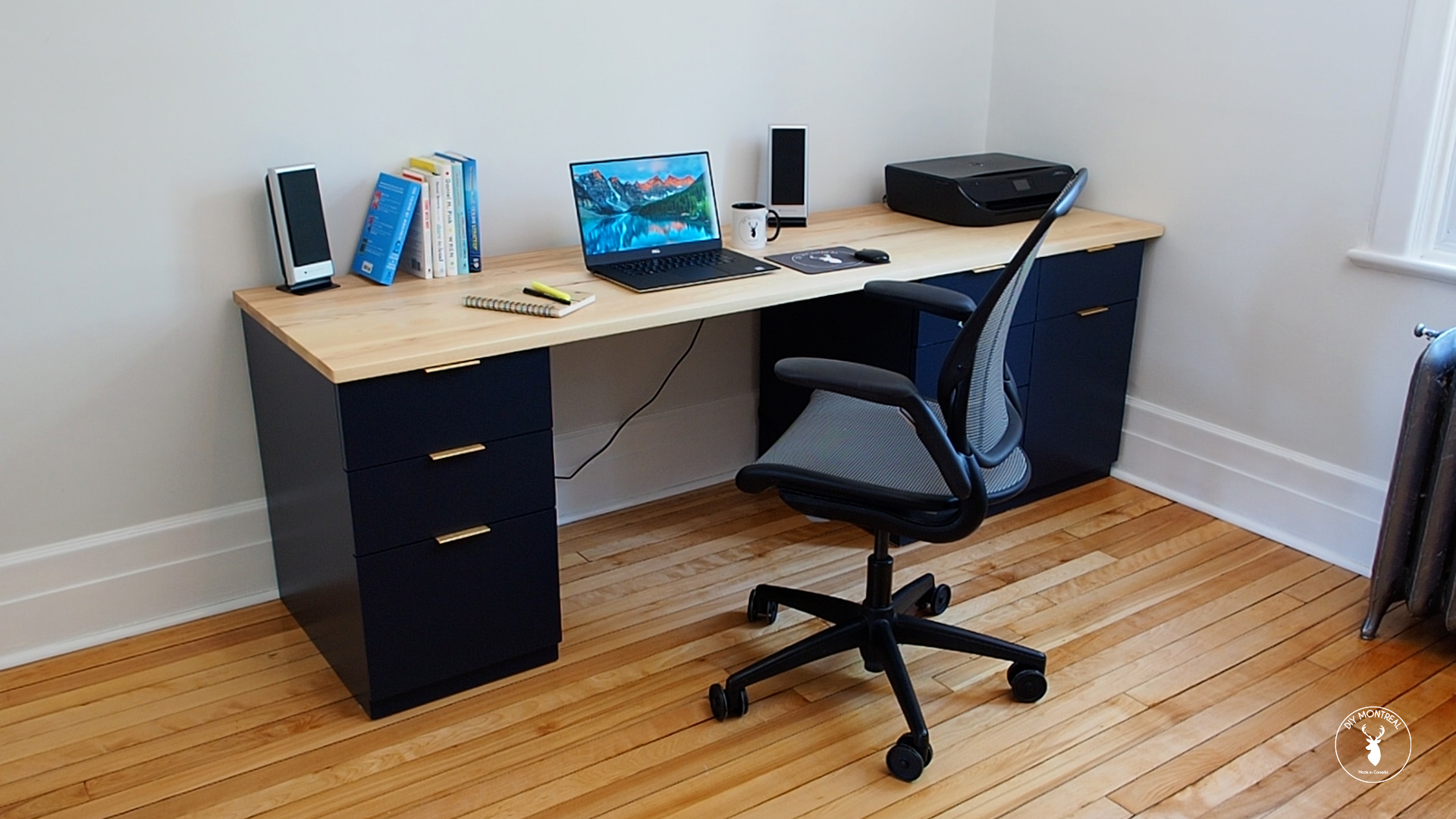Choosing the Right Materials and Tools: How To Make A Desk Chair

The heart of any successful desk chair project lies in the careful selection of materials and tools. The right choices will not only determine the chair’s final strength, aesthetics, and longevity but also significantly impact the ease and safety of the construction process itself. Understanding the properties of different materials and mastering the use of various tools is paramount.
Material Selection for Desk Chair Construction
Choosing the right materials is crucial for building a sturdy and comfortable desk chair. The properties of wood, metal, and plastic each offer unique advantages and disadvantages. Consider factors such as strength, cost, and ease of working with when making your selection. The following table provides a comparison:
| Material | Strength | Cost | Ease of Working With |
|---|---|---|---|
| Wood (Hardwood like Oak, Beech) | High, durable, natural resilience | Medium to High | Medium; requires specific tools and techniques |
| Metal (Steel, Aluminum) | Very High, strong, resistant to bending | Medium to High | Medium to Difficult; requires welding or specialized fasteners |
| Plastic (Polypropylene, ABS) | Medium to High, depending on type and thickness | Low to Medium | Easy; can be cut and shaped with simpler tools |
Necessary Tools for Desk Chair Construction
A well-equipped workshop is essential for safe and efficient chair construction. Tools can be broadly categorized by their function. Careful selection and proper maintenance are key.
Cutting Tools
Cutting tools are indispensable for shaping and sizing the materials used in chair construction. A comprehensive set should include: a hand saw for precise cuts in wood and plastic, a jigsaw for intricate curves, a metal cutting saw for metal components, and wire cutters for smaller metal pieces.
Fastening Tools
Securing the chair’s components requires a variety of fastening tools. This includes: a drill with various drill bits for creating pilot holes, screwdrivers (Phillips and flathead) for driving screws, a wrench set for tightening bolts and nuts, and possibly a welding machine for metal construction. Appropriate fasteners, such as screws, bolts, and nuts, are also critical.
Finishing Tools, How to make a desk chair
Once the chair’s structure is complete, finishing tools add the final touches. This stage might involve sanding tools (sandpaper, sanding block) for smoothing surfaces, brushes for applying paint or stain, and clamps for holding pieces together during the drying process.
Safety Precautions When Using Power Tools
Power tools, while essential for efficient construction, present significant safety risks if mishandled. Always prioritize safety by following these guidelines:
Power Tool Safety Checklist
| Tool Category | Safety Precautions |
|---|---|
| Cutting Tools (Jigsaw, Circular Saw) | Always wear safety glasses; use a clamp to secure the workpiece; ensure the blade is sharp and properly installed; never reach over a running blade; disconnect power before changing blades. |
| Fastening Tools (Drill, Impact Driver) | Always wear safety glasses; use the correct drill bit for the material; ensure the workpiece is securely clamped; avoid using excessive force; disconnect power before changing bits. |
| Finishing Tools (Sanders) | Always wear a dust mask; use appropriate sanding grit; secure the workpiece; avoid touching moving parts; disconnect power before changing sandpaper. |
Remember: Safety is paramount. Always read and understand the manufacturer’s instructions for each tool before use.
